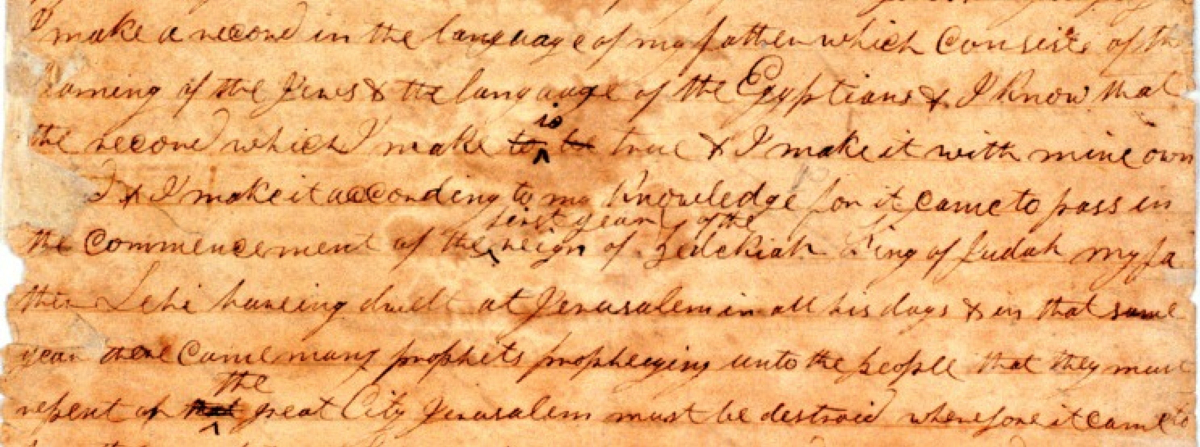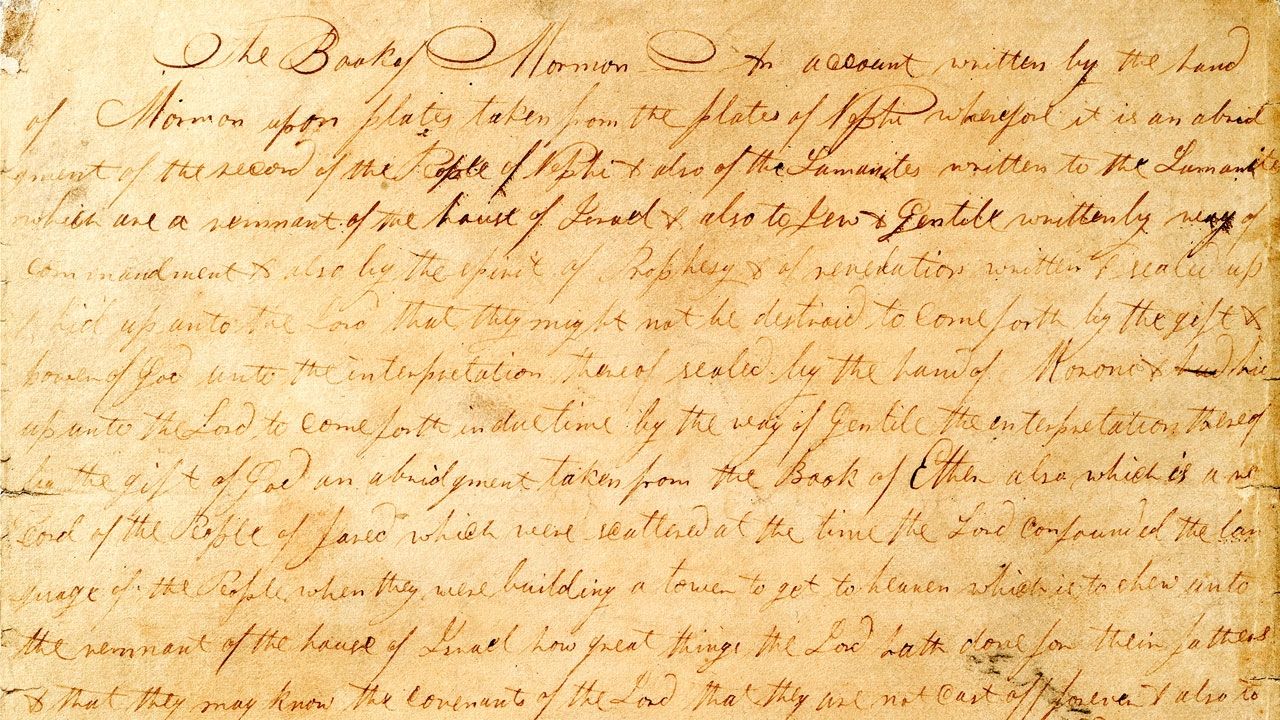


Doulder, arrived at an opposite conclusion. Two weeks later, the third expert, Howard C. Kaye studied handwriting samples of the minister-novelist-Solomon Spalding (also Spaulding)-at Oberlin and the twelve Book of Mormon manuscript pages of First Nephi attributed by Mormon archivists to “an unidentified scribe.” Early last month he reported that the comparison he made “shows unquestionably” that the written materials “have all been executed by the same person.” One of them is William Kaye, the second of the three analysts hired by Martin and the three researchers. Several other experts disagree with Silver on the will. He is one of several analysts who have ruled that the so-called Mormon will of Howard E. Silver is involved in another handwriting case involving the Mormon church. He recently filed a defamation suit against the Mormon church.) (Martin, a teacher at Melodyland School of Theology in Anaheim, California, lectures and writes about non-Christian cults. Obviously disturbed by all the controversy surrounding the case, Silver claimed he had been misrepresented in initial press accounts, that he had not been told at the outset that the Book of Mormon authorship was involved, and that Walter Martin-the person who had financed the research-had “a vendetta” against the Mormon church. He had examined the Mormon manuscript but withdrew without seeing the novel manuscript at Oberlin. Subsequently, analyst Henry Silver, 86, dropped out of the case without offering a final opinion. The Mormons maintained that their holy book could withstand any challenge hurled at it. In July, following national press exposure of their preliminary findings, the analysts were able to examine the originals, thanks to officials at Oberlin (Ohio) College and to Mormon leaders in Salt Lake City. However, the handwriting experts qualified their conclusions, saying their findings could be made positive only after study of the original documents. Since this was eleven years before Mormon founder Joseph Smith claimed he dug up golden plates in New York containing the Book of Mormon in an ancient Egyptian language, the researchers reasoned that Smith was a fraud and that Mormonism’s foundations are spurious. In June, they released the notarized statements of three handwriting analysts who had concluded from studies of photocopied material that twelve pages of the Book of Mormon manuscript were written by a minister-novelist who died in 1816 (see July 8 issue, page 32). Three California researchers have suffered some setbacks in their attempt to prove that the Book of Mormon has an origin other than the one taught by the 3.8-million-member Church of Jesus Christ of Latter-day Saints.


 0 kommentar(er)
0 kommentar(er)
